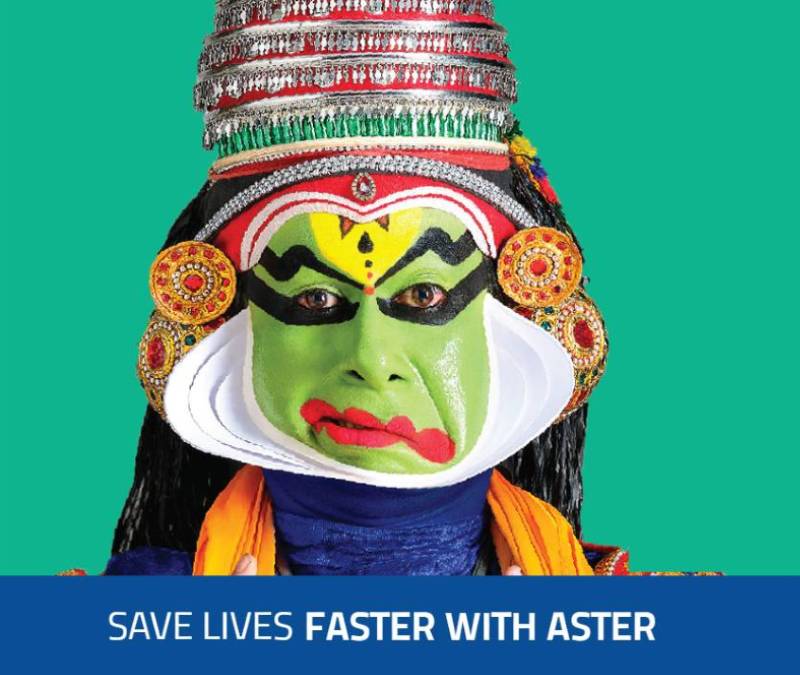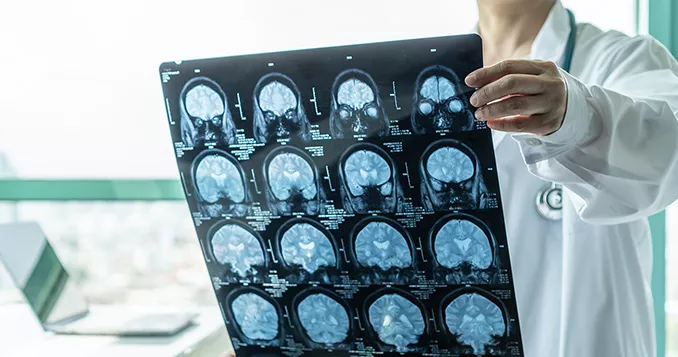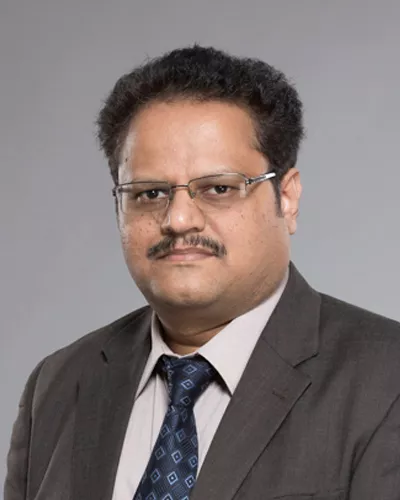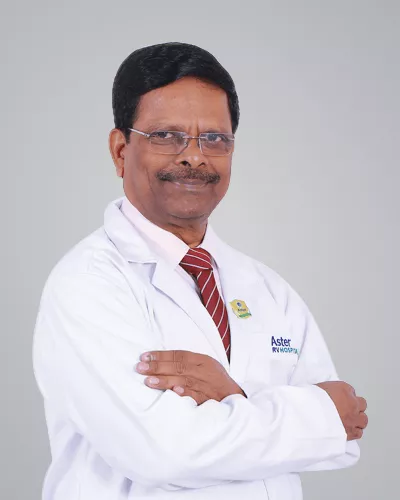Symptoms
Symptoms
The symptoms of a stroke often appear without warning. Some of the main symptoms include:
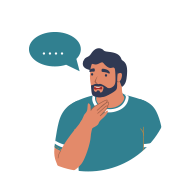
Confusion, including difficulty speaking and understanding speech.
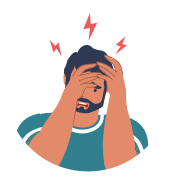
A headache, possibly with altered consciousness or vomiting.
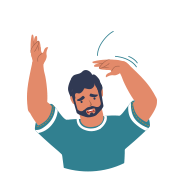
Numbness or an inability to move parts of the face, arm, or leg, particularly on one side of the body.
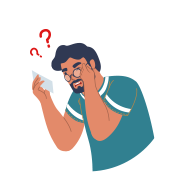
Vision problems in one or both eyes.
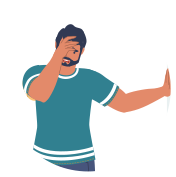
Difficulty walking, including dizziness and a lack of coordination.
"FASTER" is a universally used acronym to remember the symptoms of Stroke. This will help you seek prompt treatment
FASTER STANDS FOR:
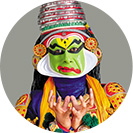
F
Face
drooping
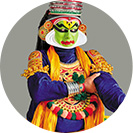
A
Arm & Leg
weakness
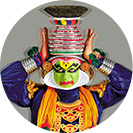
S
Stability
Loss of balance
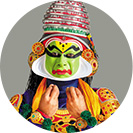
T
Talking
Slurring/Loss of Speech
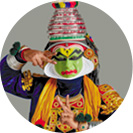
E
Eye
Blurred Vision
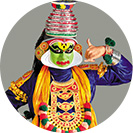
R
Recognize this symptom at the earliest and save a stroke patient.
Symptoms vary and may range in severity.
Doctor Videos
1. What Are The Causes Of Stroke?
2. How to prevent Stroke?
3. Brain Stroke Treatment
4. Warning Signs Of Stroke
5. Risk factors of Stroke
6. Aster Comprehensive Stroke Program
A stroke should be treated as a medical emergency, similar to a heart attack. It is very important to remain calm but to react quickly if someone near you seems to be having a stroke. The longer you wait, the more likely it will cause irreparable damage to the brain. You must immediately call the ambulance/emergency services.
While hereditary factors play a role in the risk of stroke, there are many things you can do to help reduce your risk. Smoking, obesity, diabetes, and high blood pressure all can greatly increase your risk for a stroke.
Brain Stroke can be treated in 2 ways, either medically or surgically / interventional. Medical management is done for ischemic stroke when there is a blockage. For bleeding or haemorrhage stroke, which is mostly caused due to blood pressure, if the bleeding has come out in large size it can be operated on and removed by a Neurosurgeon.
Strokes sometimes are called brain attacks because they often occur suddenly. The cause of a stroke depends on the type of stroke. The three main types of stroke are transient ischemic attack (TIA), ischemic stroke, and hemorrhagic stroke.
A TIA is caused by a temporary blockage in an artery that leads to the brain. The blockage, typically a blood clot, stops blood from flowing to certain parts of the brain. Like a TIA, an ischemic stroke is caused by a blockage in an artery that leads to the brain. This blockage may be a blood clot, or it may be caused by a plaque (a fatty substance) builds upon the walls of a blood vessel. A piece of the plaque can break off and lodge in an artery, blocking the flow of blood and causing an ischemic stroke.
A hemorrhagic stroke, on the other hand, is caused by a burst or leaking blood vessel. Blood seeps into or around the tissues of the brain, causing pressure and damaging brain cells.
It is vital to seek help immediately if someone you know is having a stroke.
There are few important investigations to know the nature of brain stroke viz. CT scan, MRI scan, Carotid Angiogram, and Echo Cardiogram. Once these tests are done, we can identify which part of the brain is affected and whether it is caused due to bleeding or a blockage. Accordingly, the doctor plans for the treatment.
As a center of excellence, all Aster Hospitals are equipped with highly experienced neurologists, neurosurgeons, advanced technology, and rehabilitation centers which ensure the best in class treatment to every patient that walks in.
We have some of the best neuro doctors from around the world, they bring years of experience and offer evidence-based treatment for stroke to ensure the best care for you.
Stories of Stroke Survivors
Stroke Survivor - Mr. Kannan
Stroke Survivor - Mr. Sabu
Accreditations and Awards




